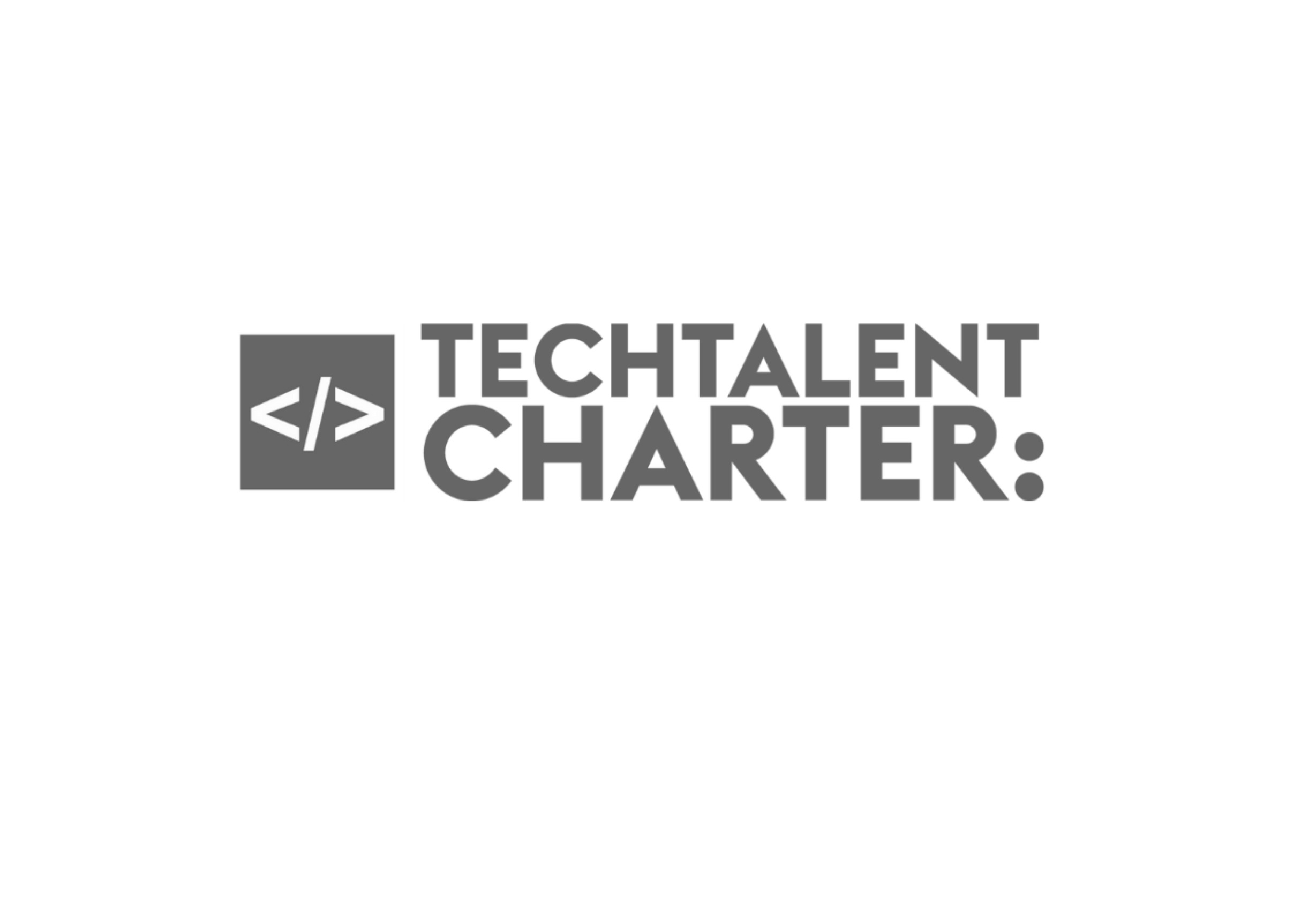
The Tech Talent Charter 2022 Inclusion in Tech Festival is a flexible and virtual festival exploring the findings from the latest Diversity in Tech Report.
Sponsored by Beazley and supported by a panel of business leaders. This year’s Inclusion in Tech Festival prompted a fantastic blend of ideas and actions to drive diversity and inclusion in the workforce.
The first half of Wednesday’s Lunch time session focused on Remote and Hybrid working, a great discussion tackling the big questions and providing solutions to make flexible working work.
Remote and Hybrid
For many of us the shift to remote/ hybrid working happened almost over-night.
But whilst covid may be loosening its grip, hybrid working is here to stay.
So, what have we learned from the past few years and how can we use that to drive diversity and inclusion in the tech workforce?
How does flexible working help drive diversity and inclusion?
Flexible work hours open the door to more diverse talent.
And in today’s war for talent, why would you put up unnecessary boundaries to people looking to join your company?
If a remote role is possible, you can get the best of the best talent, rather than simply getting the best of the nearby talent.
If you can inject your teams with diverse talent who bring new thought processes and differing experience, you will see better outcomes alongside a gradual shift to more diverse leadership teams.
The push to hire a diverse workforce has seen an increase in the uptake of junior staff. Employers are committing to training and upskilling their young talent.
But don’t just stop there. There are a variety of apprenticeships out there that offer this upskilling to more senior members of staff. You’re never too old to learn.
A company is only as successful as its team- and a team that can tackle a problem from a variety of different angles is a strong team.
How can you maximise efficiency with a hybrid team?
Making the shift to a hybrid team can be daunting, especially if you are used to seeing your employees sat around in the office. It can feel like you’ve lost an element of face-to-face collaboration that once drove innovation.
The pandemic highlighted the importance of the in-between moments. A smile across a room can prompt valuable conversations that don’t always happen behind a screen.
But this isn’t to say that they can’t.
Keep a few slots open in your diary so you have the time to quickly reach out and check on your employees. Little informal catch-ups can make a huge difference to company culture.
A lot of companies are making the same mistakes when it comes to hybrid meetings. When half the team are in the office and half are dialing in, you need to make a conscious effort to ensure that the in-person team aren’t dominating the conversation.
This watching/participating dynamic is easy to fix if you are aware of it. Set an agenda and email it to all participants prior to the meeting, and make sure you are actively engaging and involving all members of your team.
Losing the inputs of your remote workers is losing you valuable ideas.
Would a 4-day working week work for your company?
Many companies hit the headlines recently with their shift to a 4-day working week.
If this is something that you’re interested in trialling for your company, then you need to put the right measures in place to streamline the transition.
First things first, talk to your team.
Is a 4-day working week something that everyone wants? It may be the case that the whole team would value the introduction of a shorter working week. Or maybe there’s a mix of opinion, and some would prefer the current 5-day week.
Whatever the verdict, make sure that you listen to what your team are telling you. Engage through surveys, polls, focus groups etc. where you can get to know the needs of your team.
And remember, data is your friend.
If you choose to progress with the 4-day week keep on top of the data. Continually assess productivity levels and look at your metrics. Is it working for you? And is it working for your team?
How can you build a good company culture with a remote or hybrid team?
To build and maintain a good company culture, you need to understand your team and anticipate their needs.
It’s easy to assume that everyone has the same space outside the office. But we are seeing a divide- especially between senior employees and their junior counterparts.
Remote working doesn’t always have to mean working from home- sometimes the offer of a hybrid working space may be the perfect middle ground between office and bedroom. Showing an understanding of your teams’ needs will boost productivity and culture.
Encourage a healthy work/life balance and reach out to your team to build employee-led networks that will help you to make informed decisions on where to post your job adverts to bring people in who align with your values and culture.
Ensure that you create a safe environment for people to challenge behaviours that aren’t inclusive.
How can you eliminate proximity bias in a hybrid team?
Don’t let negative preconceptions about remote work impact your team.
When you have a hybrid team with some members choosing to come in and work and some choosing to work remotely, it’s easy for remote work to be viewed as a 2nd class option.
But different people work differently.
Take the time to listen to your team and understand them on an individual level. The flexibility that remote work provides opens the door to a much more diverse team.
Sometimes bias can come from a place of good intention but poor understanding. To combat this, invest in training for your leadership roles and support the people in your organisation to make better, more informed decisions around inclusivity.
We are only human, and sometimes we don’t get it right. But being aware of our mistakes is the first step to fixing them.
If you weren’t able to attend the session you wanted to this year all the recordings are available here. And for further reading check out the 2021 Diversity in Tech Report.

What are you doing to combat proximity bias in your startup?


How to let your personality shine through in your CV


Corporate social responsibility for tech SME's







